MINIMALLY INVASIVE DENTAL STRATEGIES FOR BONE REGENERATION AND ENDODONTIC TREATMENTS
Departamento/Instituto
Universitat Internacional de Catalunya. Departament de Ciències Bàsiques
Resumen
Nowadays, the most common solution to maintain the teeth of patients that have suffered from a traumatism or a profound caries and have ended with root canal infection is to perform a root canal treatment. For this purpose, Gutta-percha (GP) is one of the main materials used to fill root canals, presenting excellent biocompatibility and good sealing ability. However, GP poor bonding ability to dental tissues has led to high failure rates in endodontic treatments. To address these challenges, many studies have performed research to revise GP. Among the strategies that are being explored as novel endodontic materials, bioactive elements are a promising strategy to improve root canal treatments. For instance, silica based microspheres (SiMS) are an example of bioactive elements that present an active surface and chemical composition that may provide a stronger adhesion to dentin tissue, biocompatibility and the possibility to serve as a possible drug delivery system. In the cases in which the patient presents a more advanced dental pathology, which has led to bone loss surrounding the tooth, the treatment of choice is bone regeneration through a natural bone graft. This is the best option since it presents the same composition as the bone, containing cells with osteogenic potential and growth factors that stimulate cells differentiation into osteoblasts, among others. Nevertheless, this type of grafts present some drawbacks, such as pain, risk of infection, possible disease transmission and limited availability. For this reason, synthetic bone grafts research is one of the main proposals in regenerative medicine. This branch of medicine is based on the development of new biomaterials with the objective of increase the bone healing capacity and, more specific in the dentistry field, to prevent or eliminate bacterial infections at the same time. The present thesis is divided in two parts: i) a treatment focused on the dental system and ii) a treatment focused on the bone system. The first part presents the fabrication of a biomaterial to enhance the GP sealing ability and its bonding capacity with the dental tissue in endodontic treatments; in the second part, two strategies to improve maxillary bone regeneration are presented: the first one through the in vitro study of a low level laser to study its osteogenic effect and cellular proliferation; the second one through the fabrication plus optimization of a biomaterial with a drug sustained release for its potential use as a synthetic bone graft.
Palabras clave
Biomaterials; Endodontics; Dentistry; Bone Regeneration; Laser Therapy; Gutta-Percha
Materias
616.3 - Patología del aparato digestivo. Odontología
Área de conocimiento
Odontología



